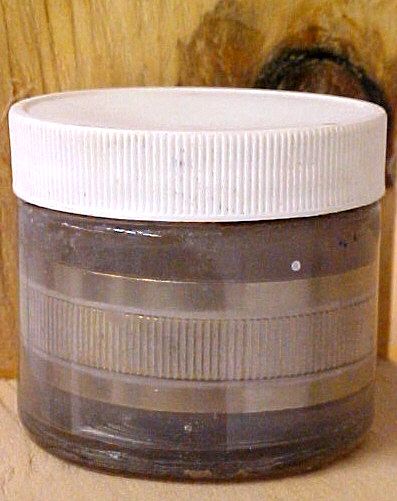Q.
Our company does a lot of painted glazed finishes using conversion varnish. I'd be interested to see what different procedures all of you are using to apply catalyzed colored base coats, glazes and topcoats.
My process is as follows:
1. One coat catalyzed primer tinted to the base color shot on a good 4-5 mils thick.
2. We sand it completely smooth with as few burn-throughs as possible.
3. We tint the clear cv to the color we need using 866 tints at no more than 12 oz. per gallon. We thin about ten percent and up the catalyst an extra ounce per gallon. We also mix up clear cv and thin that about ten percent.
We then shoot the color out of a pressure pot about 5 mils thick. We spray color for about 20 minutes, then we go back to the first pieces and shoot them with clear with our airless-air assist. Doing this assures good adhesion and eliminates one sanding step. We let this set up overnight.
4. We then use scotch brite pads to scuff up the clearcoat going with the "grain", as the little scratches are slightly visible. Then we glaze and let it dry.
5. Finally a topcoat to lock it all in.
It's a long process that takes days, but the durability can't be beat especially in a kitchen or bath. If anybody has a better way I'd love to hear it.
Forum Responses
I see something that may bite you back in time and that is upping your catalyst by 1 ounce. No need to do this as you already are possibly adding up to 12 ounces to your resin. Always add catalyst based on untinted resin used, as the pigments are not crosslinkable.
Bob Niemeyer, forum technical advisor
2. Dust on a coat of catalyzed primer (usually just white) and scuff with 320.
3. Spray on another coat of primer and scuff with 400.
4. Tint glaze to desired color, thin and dust on with cup gun or pressure pot.
5. Wipe glaze with lint-free rags and let it flash off.
6. Mix up and spray on a toner to get the final desired color. (This step will 'soften' the look and allow you to even everything out. This may not be necessary if the look you want is achieved just with glaze).
7. Spray one or two coats of catalyzed clear coat.
* Use mdf wherever plywood is normally used (gables, fridge panels). Maple ply may seem smooth but the grain will affect the look of the glaze.
The idea is that the glaze is sandwiched between layers of vinyl sealer.
The total thickness of the dried film (Resistant, vinyl sealer coats, glaze and topcoats) should not exceed 5 dry mils. In that finish schedule you do not want to build more than 0.5 dry mils of vinyl sealer.
If you are laying down the topcoats soon after you have applied the Resistant, according to what you have described, then sure, it's likely that the solvents in your topcoat are strong enough to bite through the glaze coat, burn into the Resistant undercoat, locking the glaze into the topcoat.
The weak leak in your system is that enough time should have elapsed after you put on the glaze, manipulated it and allowed it to flash properly so that the undercoating of Resistant *should* require scuffing to insure good intercoat adhesion.
If you do a cross hatch adhesion test on one of your projects, that will tell you if you have committed acts of perfidy with your finish schedule. Even if everything is okay on your tests, sooner or later you could get bitten. Catalyzed finish systems are not known to be forgiving like lacquer finish systems are.
